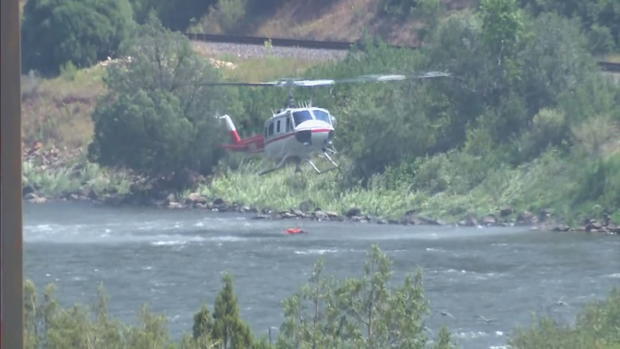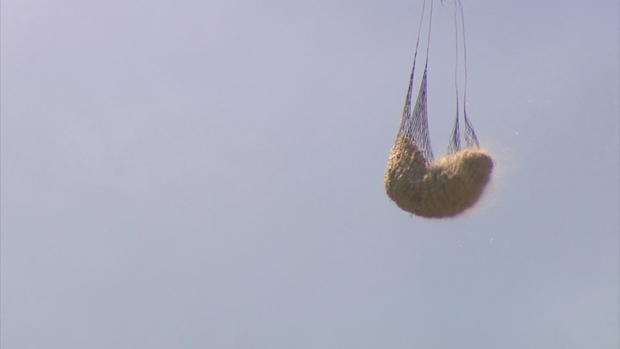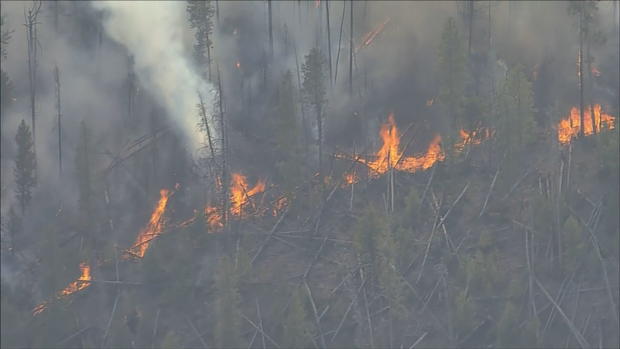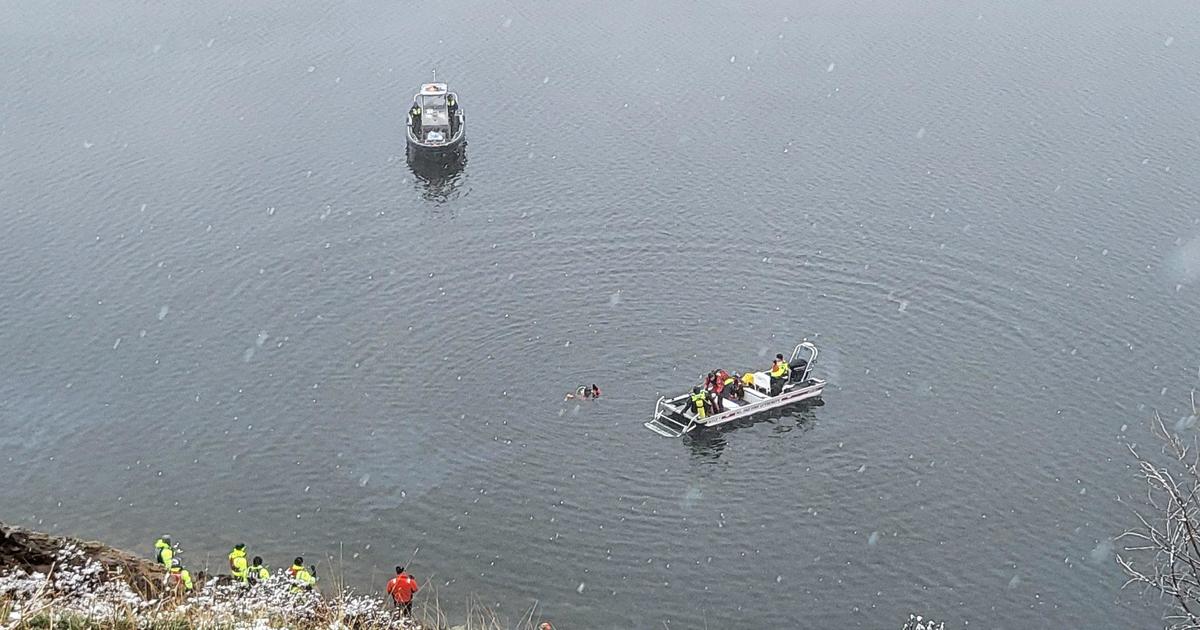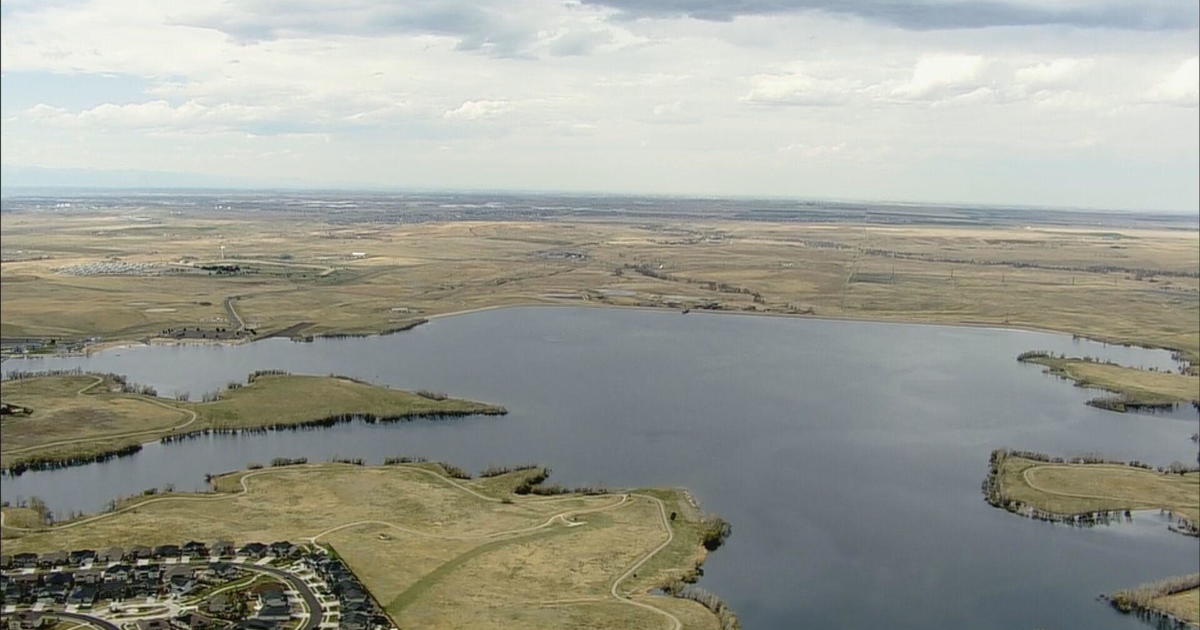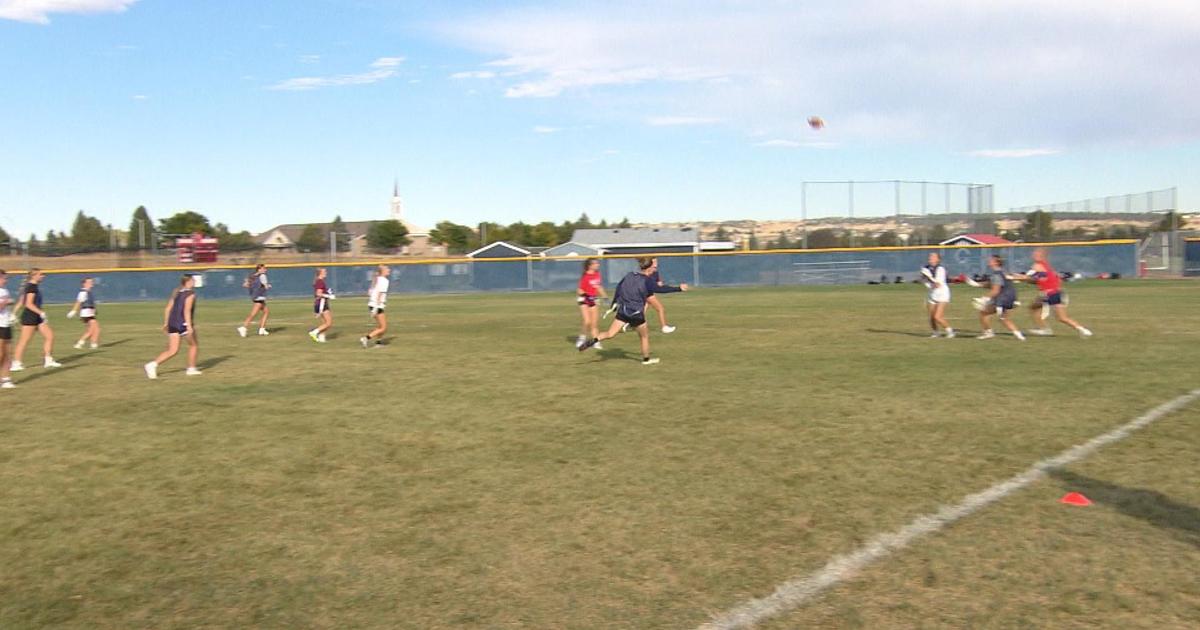Historic Colorado Wildfire Season Could Impact Drinking Water For Millions
FORT COLLINS, Colo. (CBS4) – The historic wildfire season of 2020 could impact drinking water for more than a million Colorado residents. Environmental researchers and natural resource specialists have conducted a BAER Survey, which stands for Burned Area Emergency Response. The survey evaluated how the record-breaking Cameron Peak Fire and East Troublesome Fire could impact Colorado's snowpack and watershed.
The Poudre and Upper Colorado River Basins provide drinking water for more than a million people in northern Colorado, and soon those in Thornton. The Colorado River also flows from Willow Creek Reservoir near Granby to Las Vegas and farther southwest. The months-long battle with both blazes charred the natural filters along rivers and creeks, which eventually provide drinking water for most of the northern Front Range.
"Our concerns really are actually about the entire watershed," said Jeff Stahla, spokesperson for the Northern Colorado Water Conservancy District.
In an interview with CBS4's Logan Smith, Stahla said the approach to preserving and protecting the watershed in the years to come was directly altered by the High Park Fire of 2012, where researchers learned what to do and what not to do.
For example, pulling undersized culverts and digging water bars is more effective than reseeding or spreading hay bales.
"This is something you won't be able to resolve by dropping seeds from a helicopter, the scale is so large," Stahla said. "The concern is that if there is a large weather event that occurs over that area, that you will have uncontrolled removal of debris and sediment that will go in to our reservoirs."
During the fires of 2020, water conservation experts monitored how the burn scar could impact drinking water.
"We recognized that it was no longer just a small localized event, but it was something that would effect the entire Upper Colorado River shed," Stahla said.
Due to the extended period the fires burned, especially the Cameron Peak Fire, not every area of the burn scars impact nearby rivers and streams equally. While some portions of the terrain were significantly burned with hot fire that "resided" in the same spot for an extended period, others were more fortunate.
"In some areas of the fire you see less damage to the soil just because the fire moved through so darn quickly," Stahla said.
Stahla said many local water districts are now teaming up to help protect the health of the watershed in the years to come. By unifying and prioritizing the health of the water system as a whole, Stahla said the strength of the landscape and watershed can bounce back more quickly.
"There are a million people who live in Northern Colorado. Everyone is going to be touched by this work somehow," Stahla said.
Researchers hope to return to the burn scars in the spring once snow has melted to evaluate next steps. Local municipalities are working with the Bureau of Reclamation to expedite the process.

